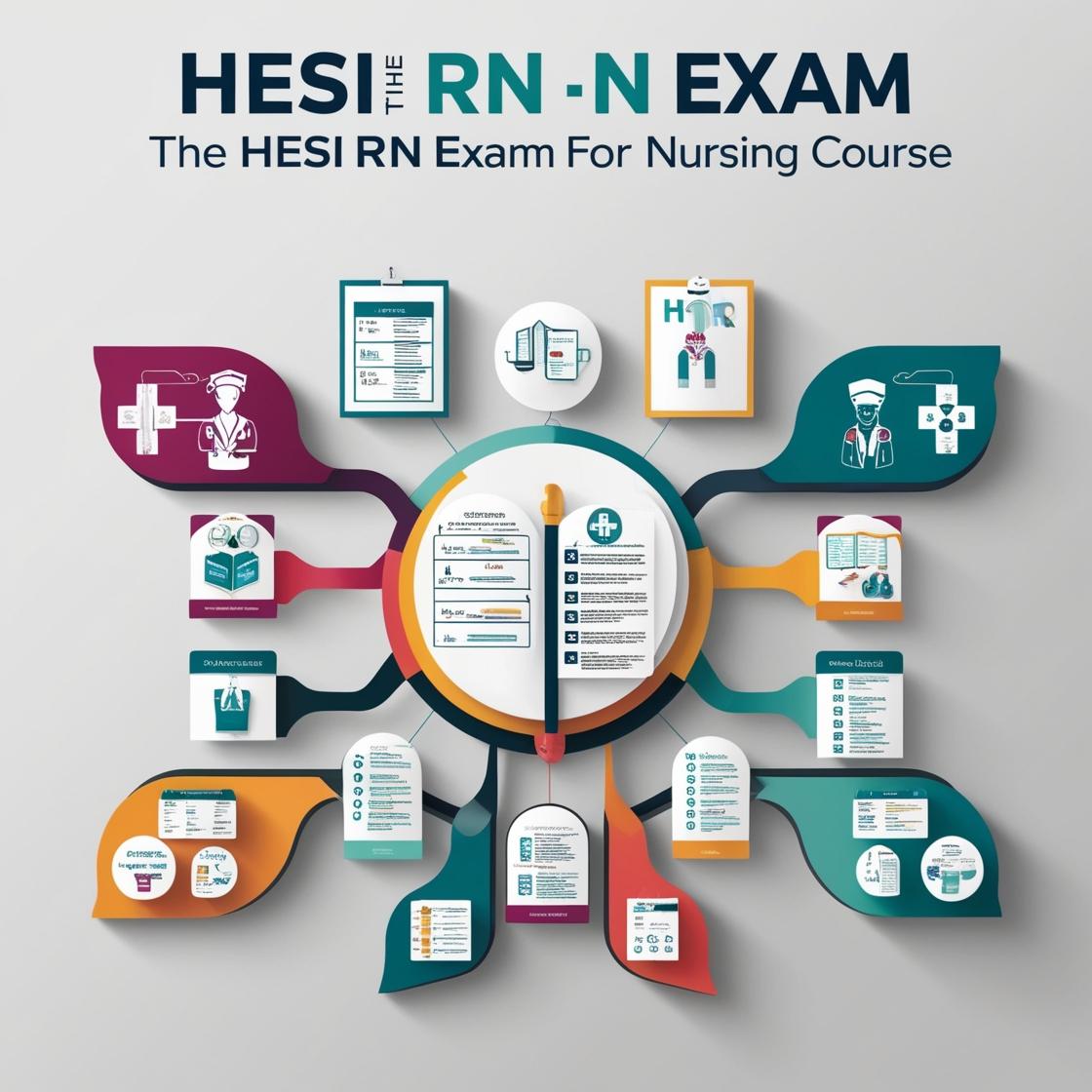HESI RN
Maternity HESI 2023 Quizlet
1. During a routine first-trimester prenatal exam, a pregnant client tells the nurse that she has noticed an increase in vaginal discharge that is white, thin, and watery. Which action should the nurse implement?
- A. Recommend explaining the normal physiological changes during pregnancy.
- B. Notify the healthcare provider of the complaint.
- C. Inform her that this is a normal physiological change.
- D. Prepare to provide education on vaginal health.
Correct answer: C
Rationale: The increased vaginal discharge described by the pregnant client, which is white, thin, and watery, is a common physiological change during pregnancy. It is typically normal and attributed to hormonal fluctuations. The nurse should reassure the client that this type of discharge is expected during pregnancy and does not typically indicate an issue requiring medical intervention or treatment.
2. A one-day-old neonate develops a cephalohematoma. The nurse should closely assess this neonate for which common complication?
- A. Jaundice.
- B. Poor feeding.
- C. Brain injury.
- D. Hypoglycemia.
Correct answer: A
Rationale: A cephalohematoma is a collection of blood between the skull and the periosteum. As the blood breaks down, there is an increased risk of jaundice due to the release of bilirubin from the breakdown of red blood cells. Jaundice is a common complication associated with cephalohematoma in neonates. Therefore, the nurse should closely monitor the neonate for signs of jaundice and manage it accordingly.
3. A client who is receiving oxytocin to augment early labor begins to experience tachysystolic tetanic contractions with variable fetal heart decelerations. Which action should the nurse implement?
- A. Turn off the oxytocin infusion.
- B. Reposition the fetal monitor transducers.
- C. Decrease the rate of the oxytocin infusion.
- D. Alert the charge nurse about the patient's condition.
Correct answer: A
Rationale: When a client experiences tachysystolic tetanic contractions with variable fetal heart decelerations, indicating uterine hyperstimulation, the priority action is to turn off the oxytocin infusion. This step aims to reduce uterine activity, which can compromise fetal oxygenation and lead to adverse outcomes.
4. Just after delivery, a new mother tells the nurse, 'I was unsuccessful breastfeeding my first child, but I would like to try with this baby.' Which intervention is best for the LPN/LVN to implement first?
- A. Assess the husband's feelings about his wife's decision to breastfeed their baby.
- B. Ask the client to describe why she was unsuccessful with breastfeeding her last child.
- C. Encourage the client to develop a positive attitude about breastfeeding to help ensure success.
- D. Provide assistance to the mother to begin breastfeeding as soon as possible after delivery.
Correct answer: D
Rationale: The correct intervention is to provide immediate assistance to the mother to begin breastfeeding as soon as possible after delivery. This approach helps initiate bonding and successful breastfeeding. Taking action promptly can address the mother's desire to breastfeed and promote positive outcomes for both the mother and the newborn.
5. During a non-stress test (NST) at 41-weeks gestation, the LPN/LVN notes that the client is not experiencing contractions, the fetal heart rate (FHR) baseline is 144 bpm, and no FHR accelerations are present. What action should the nurse take?
- A. Check the client for urinary bladder distention.
- B. Notify the healthcare provider of the nonreactive results.
- C. Have the mother stimulate the fetus to move.
- D. Ask the client if she has felt any fetal movement.
Correct answer: D
Rationale: In this scenario, the nurse should ask the client if she has felt any fetal movement. This action is important as assessing for fetal movement can help determine if the absence of FHR accelerations is attributed to fetal sleep or decreased fetal activity. It is crucial to gather information directly from the client to aid in the assessment and decision-making process. This approach can provide valuable insights into the fetal well-being and guide further interventions if needed.
Similar Questions

Access More Features
HESI RN Basic
$89/ 30 days
- 50,000 Questions with answers
- All HESI courses Coverage
- 30 days access @ $89
HESI RN Premium
$149.99/ 90 days
- 50,000 Questions with answers
- All HESI courses Coverage
- 30 days access @ $149.99
